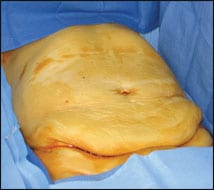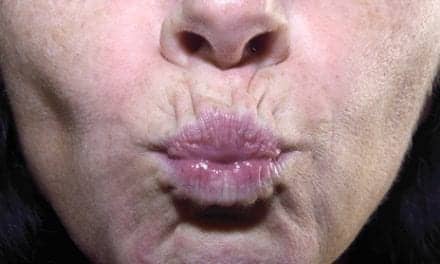Botox demonstrated improvements in chin aesthetics by altering the position of the pogonion in a cohort of patients with an under-projected chin and a high-riding hyperactive mentalis muscle, according to recent findings.
The researchers suggested that a high-riding mentalis muscle may contribute to a bony projection in creating a blunted chin contour. In the current study, 11 patients, including three men and eight women, received 12 U to 15 U injections of Botox (onabotulinumtoxinA, Allergan) as a method of improving chin aesthetics. Patients were treated between Aug. 25, 2006, and Nov. 10, 2012, after which a photographic analysis of the vertical and horizontal positions of the pogonion was conducted. Two of the patients had previously undergone chin implantation.
In 10 patients, the vertical position of the pogonion was more inferior following administration of onabotulinumtoxinA (mean vertical position preinjection, 1.36; postinjection, 1.44; P = .005).
All patients experienced a change in the horizontal position of the pogonion. However, the change from preinjection (mean horizontal position, 0.11) to postinjection (mean horizontal position, 0.14) failed to reach statistical significance.
Overall improvement in chin aesthetic was reported by every patient in the cohort. All patients also reported a subjective decrease in chin tension, according to the findings.
Other self-reported patient findings demonstrated that soft-tissue volume overall displaced more inferiorly, with the cohort experiencing a rounded appearance, as opposed to a blunted appearance. In addition, there were improvements in chin contour.



